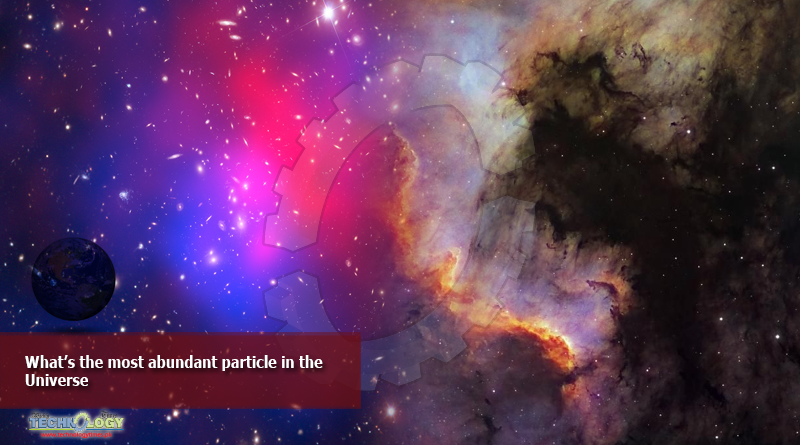Measurements of the heat left over from the Big Bang suggest there are about 1090 particle photons in the Universe – making them around 10 billion times more abundant even than hydrogen atoms.

But while photons are the most numerous known particle, the Universe also contains so-called ‘dark matter’, whose composition is a mystery.
One possibility is that it’s made up of particles called axions, whose mass may be so low that they could only account for dark matter by existing in larger numbers even than photons.
The National Aeronautics and Space Administration (NASA) mak ..
The Stardust spacecraft, a NASA project launched in 1999, passed by Earth in 2006 after its three-billion-mile journey, and dropped off a little present as it did so. The spacecraft delivered detector-modules it had traversed space with, the very aim of which was to capture dust from the space outside of our solar system.
Seven candidate particles have so far been identified after more than 30,000 people from all around the globe volunteered to scan thousands of microscope images. “Everyone is of course very pleased that they helped us like they did. We now have the data, and the candidate [particles] extracted,” says Professor Mark Burchell of Kent University who worked within the global team of researchers behind the project.
The detectors are made from a light and sticky aerogel covering (a synthetic porous material), and two of the dust particles were found when researchers followed tracks in the material. “In the aerogel you tunnel in and stop…and the direction of the track tells you the direction [the particle] came from. We can rule out a lot of the contaminants because of this,” says Burchell. Four other particles were found splattered around microscopic pits of aluminium built into the detectors.
Highlighted here is the largest dust track found in the aerogel collectors. This was produced by a three picogram particle (that’s three trillionths of a gram) that unfortunately vaporized on impact as it was travelling at more than 15km per second (Image credit: UC Berkeley/Andrew Westphal).
These exotic dust particles could have originated during the birth of a star, long before our own sun formed, before being flung into interstellar space. Never before have scientists had the opportunity to study them up close.
Originally Publish at: https://www.sciencefocus.com/
